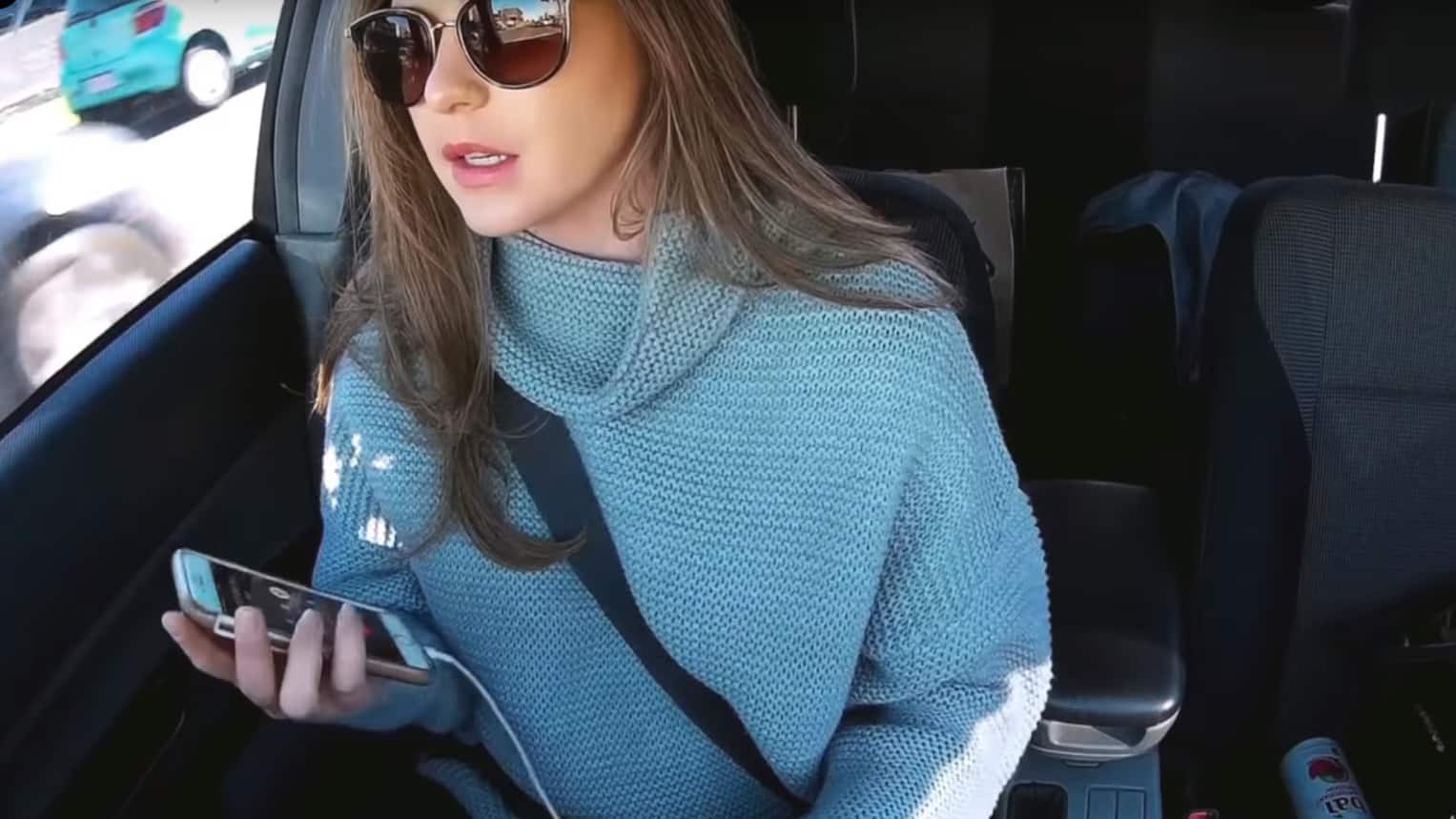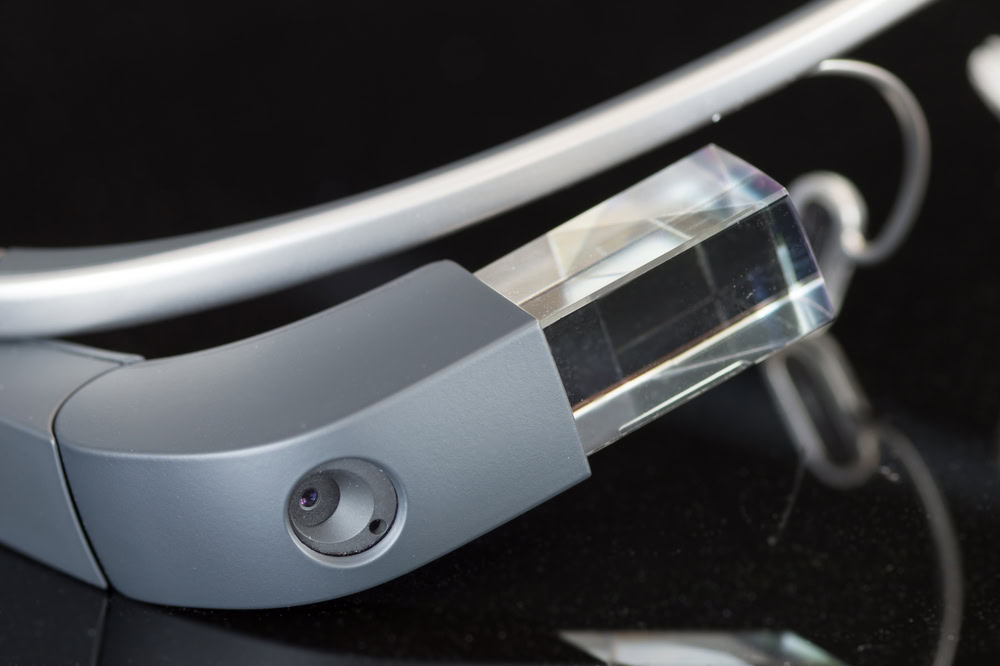Affiliate links on Android Authority may earn us a commission. Learn more.
Short film emphasizes our denial of how much we use our phones while driving

- A new documentary short shows how much we use our phones while driving — and how much we deny it.
- The film was created by an Academy Award-winning filmmaker and is 20 minutes long.
- The director thinks our phone usage on the road is “so much worse than we thought.”
There’s every reason to believe that anyone reading this article has texted while driving. We all probably say we don’t use our phones while driving — or at the very least say we try not to use our phones while driving — but we inevitably do.
But exactly how much are we doing so? Are we using our phones while driving more than we think, or are we overly worried about something that we’re actually keeping in check?
According to a new documentary short from Academy Award-winning filmmaker Eva Orner, we are absolutely using our phones while driving way more than we think. In fact, it’s distinctly horrifying how deep we deny our constant phone use.

Orner’s documentary short is called “It’s People Like Us,” and you can watch it for free on YouTube (we’ve embedded it below to make it easy, it’s only 20 minutes long). The premise of the film is simple: ask a bunch of regular people what they think about using phones while driving, and then film them driving around to see if what they say matches up with their actions.
Spoiler alert: in most cases, the two don’t match up. At all.
To be clear, the people in the documentary are not being secretly filmed — they fully consented to Orner recording their drives and knew the documentary was about how much we use our phones on the road. Yet somehow, despite the knowledge that they are being recorded, the various subjects still did the following:
- Driving one-handed while holding the phone to their ear during a conversation
- Texting while driving
- Texting while driving with an infant in the back seat
- Taking selfies while driving
- Posting selfies to Snapchat while driving at night
The footage of the subjects performing these actions is intercut with those same individuals claiming that they don’t use their phone while driving, that they drive safely, and other obvious fallacies.
Orner didn’t mince words when discussing her own reaction to the final cut of the film. “I think it’s so much worse than we thought,” she said. “And you don’t realize how bad it is until you see it. I just think [using mobile phones] is such a part of our life we don’t even know we’re doing it half the time, and that’s part of the problem.”
After being shown the footage from inside her car, one participant said, “I have to admit I would look dangerous on the road. It would take an accident or losing my license on the spot pretty much [for me] to get off my phone.”
Scary indeed.